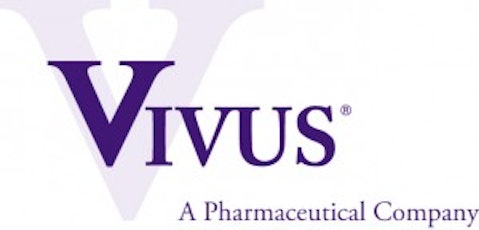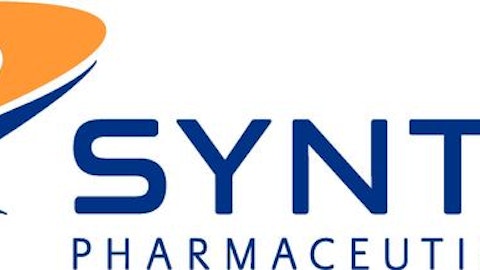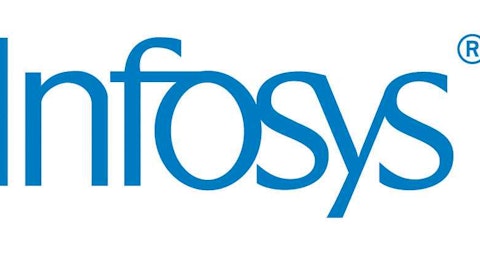
Like many small biotech firms that focus on developing and marketing experimental or advanced drugs, VIVUS has had a volatile run over the past few years. After several quarters in the doghouse, VIVUS, Inc. (NASDAQ:VVUS) may finally be benefiting from a promising pipeline and could even become an acquisition target at some point in the future.
Moreover, the firm has continued to attract the attention of activist investors. With Sarissa’s chief investment officer looking to snag a spot on VIVUS’ board, some big changes could be on the way. Investors who wish to take advantage of this potentially profitable opportunity may wish to take a closer look at the company’s fundamentals.
Stacking VIVUS against the competition
As a small-scale biotechnology company with big plans, VIVUS, Inc. (NASDAQ:VVUS) competes against obscure and recognizable firms alike. Despite its relatively paltry $1.5 billion market capitalization, VIVUS enjoys such rarefied company as Eli Lilly & Co. (NYSE:LLY) and GlaxoSmithKline plc (NYSE:GSK). This is partially due to the fact that its most promising drugs and compounds are designed to fight common medical conditions like obesity and adult diabetes. Unlike its smaller and riskier peers, VIVUS avoids rare-disease drugs that can be extremely profitable but have limited marketability.
Eli Lilly & Co. (NYSE:LLY) and GlaxoSmithKline plc (NYSE:GSK) have market capitalization of about $59 billion and $128 billion, respectively. Relative to VIVUS, Inc. (NASDAQ:VVUS), they are also extremely profitable. Compared to VIVUS’ operating margin of minus 2850%, Glaxo reported a profit margin of about 16%. Lilly’s margin came in at nearly 20.5%. In some respects, comparing the companies on these metrics is unfair. Despite a promising pipeline, VIVUS is yet to market a blockbuster drug. In 2012, the company lost about $175 million on revenue of just over $6 million. Glaxo earned $14.5 billion on $42.2 billion in revenue, and Eli Lilly & Co. (NYSE:LLY) reported a take of $4.6 billion on revenue of $22.6 billion.
As might be expected, the companies’ balance sheets also vary wildly. VIVUS, Inc. (NASDAQ:VVUS) maintains a cash reserve of about $150 million and reported no debt in the most recent quarter. However, its cash bleed of $180 million may soon pose a problem. By comparison, Eli Lilly & Co. (NYSE:LLY) has about $1 in debt for every $1 in cash on hand. Glaxo has about five times as much debt as cash. Both of these companies have cash flow figures that match or exceed their total cash reserves.
Sarissa Capital Management’s stake
Sarissa accumulated its stake in VIVUS relatively quickly. According to the company’s filing, the acquisition came between late March and late May 2013. Although the stake itself is not particularly large, it is noteworthy because of its association with activist First Manhattan Company. This hedge fund owns about 10% of VIVUS and has actively pursued a shakeup of the company’s board. Its close alliance with Sarissa principal Alex Denner all but guarantees that Sarissa’s shares will vote in lockstep with First Manhattan’s. As such, it can be said that the Sarissa stake boosts First Manhattan’s total stake in the company to about 12%.





